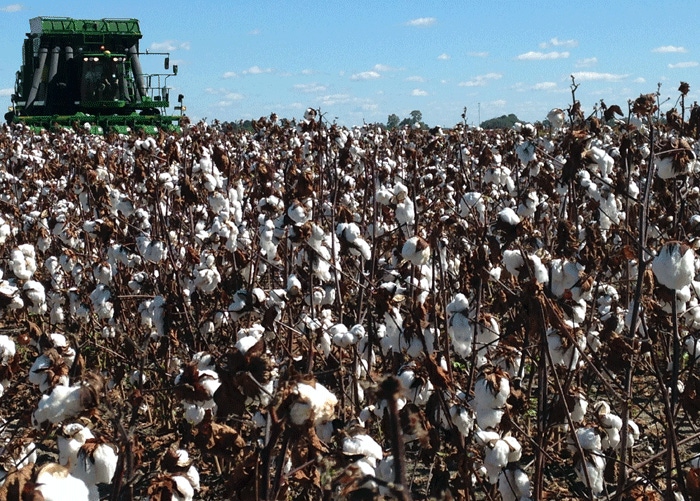October 20, 2014

Most producers I have visited with have indicated that they did not sell enough of their crop at higher prices earlier in the year, especially considering the above-average yields. Current prices may make those record yields about a breakeven proposition if not much of the crop was forward contracted.
Prices for 2015 do not look to improve drastically upon the 2014 harvest prices barring a crop production issue or perceived issue in the world. Under examination right now is the weather in South America and how it may affect production. If weather problems do develop, we could see price improvement, otherwise prices may have a tendency to move sideways to down as there appears to be abundant supplies.
If crop prices do not improve, how will producers survive and thrive in 2015? For starters, we have to start now as the 2014 crop harvest is winding up. Producers should consider the following:
Perform an assessment of where you are financially. It does not have to be a detailed assessment but should be somewhat thorough. Will you be able to pay all your obligations including rent, farm bills, operating loans and debt payments that will be due within the next few months or at least before the 2015 operating loan is set up? If there is an issue, explore it with your lender now. Be proactive.
Determine whether there will there be any major changes in the operation in 2015. Stretch out a farm financial plan, revisions can occur later. If the acreage plan is known or most of it has been determined, use it to your advantage. If financially feasible, start exploring input deals or arrangements. Generally the best seed deals for prices and or financial terms happen when they are secured early. Producers will have to reduce production costs or increase yields or both to be sustainable. Visit with your suppliers on what inputs will cost in 2015 and how they can be reduced. Evaluate seed varieties from University Research & Extension trials as well seed company data.
Evaluate your production system. Is it working? Did problems -- weed, insect, disease or fertility -- develop in 2014 that will make you change systems in 2015? Know your fertility needs and start pricing their costs. Some look for fertilizer to be lower in 2015.
Carefully evaluate farm bill decisions and involve all stakeholders within the operation. Dates for farm bill sign up are: a) Update yield history and or reallocate base acres through February 27, 2015; b) select the safety net program best for your operation from November 17, 2015 to March 31, 2015. USDA has created a webpage with additional information including links to decision aids. These decisions need to be made on a farm by farm basis. To be on the safe side, the update yields, reallocate bases and the safety net programs should be made as much together as possible. Each one can have an impact on the others.
Get your yield data to your crop insurance agent as soon as realistically possible. Be prepared to start the discussion for 2015 earlier than usual. If you raise cotton, visit with your agent about STAX (Stacked Income Protection Plan). It is for cotton only and is an insurance product. If the PLC (Price Loss Coverage) safety net is considered, then producers can also purchase SCO (Supplemental Coverage Option) crop insurance.
There are many concerns and questions not only on the farm bill sign up, but on farm sustainability in 2015 -- more or less the nature of farming. I am confident that our farmers are up to these challenges. It will continue to take strong management skills to weather any financial storms we encounter. The Land Grant University System including Extension and Research is willing and able to assist producers. We are just a call or email away.
You May Also Like




